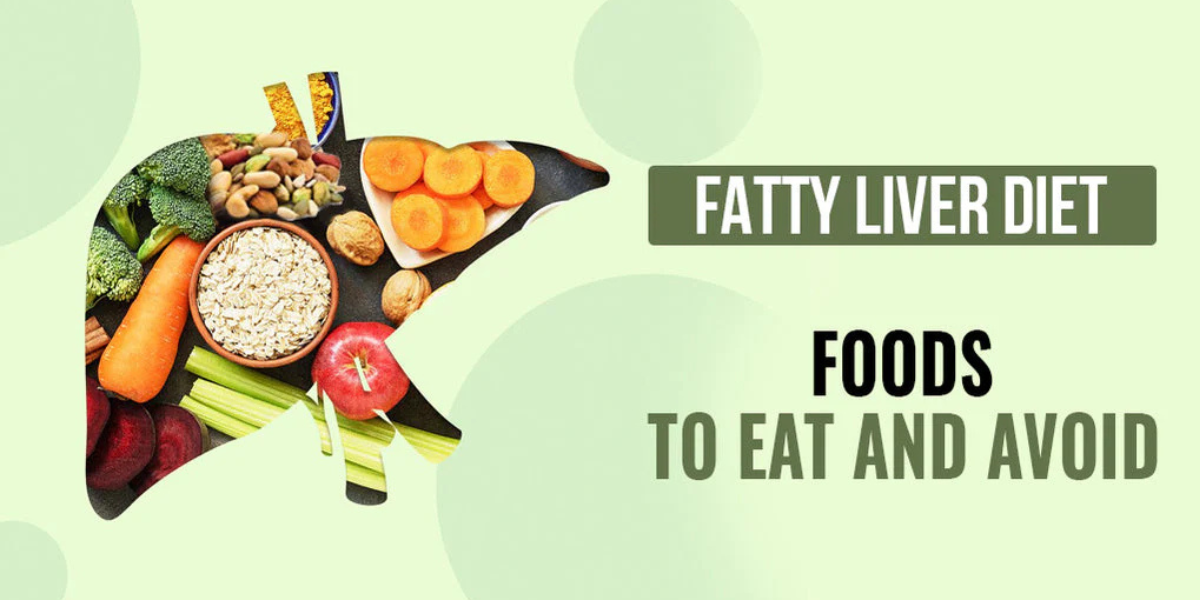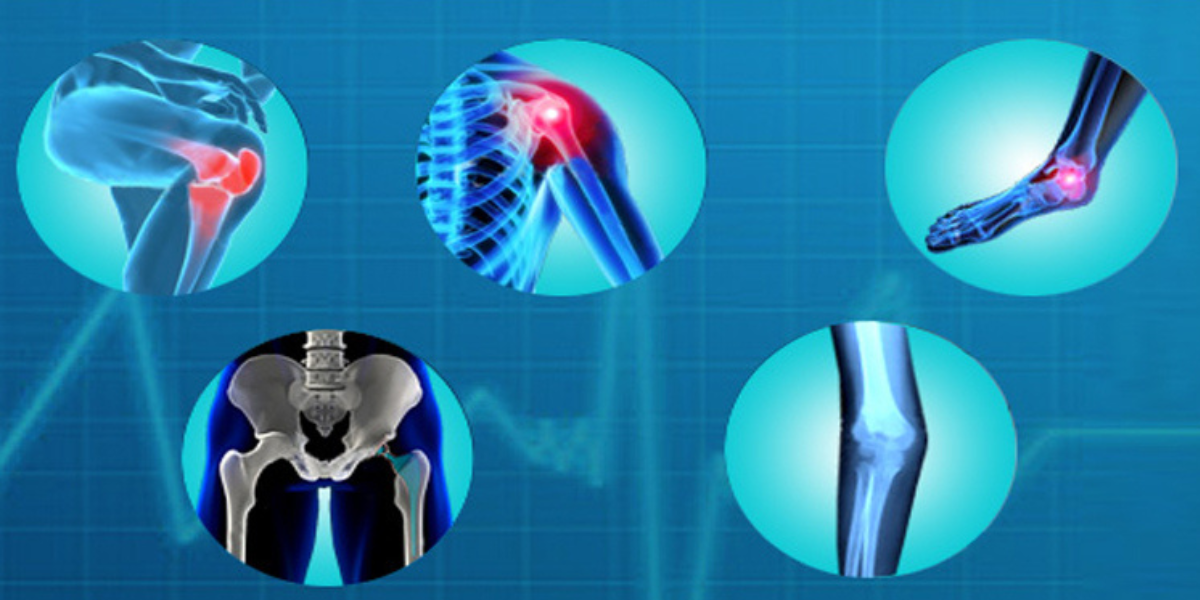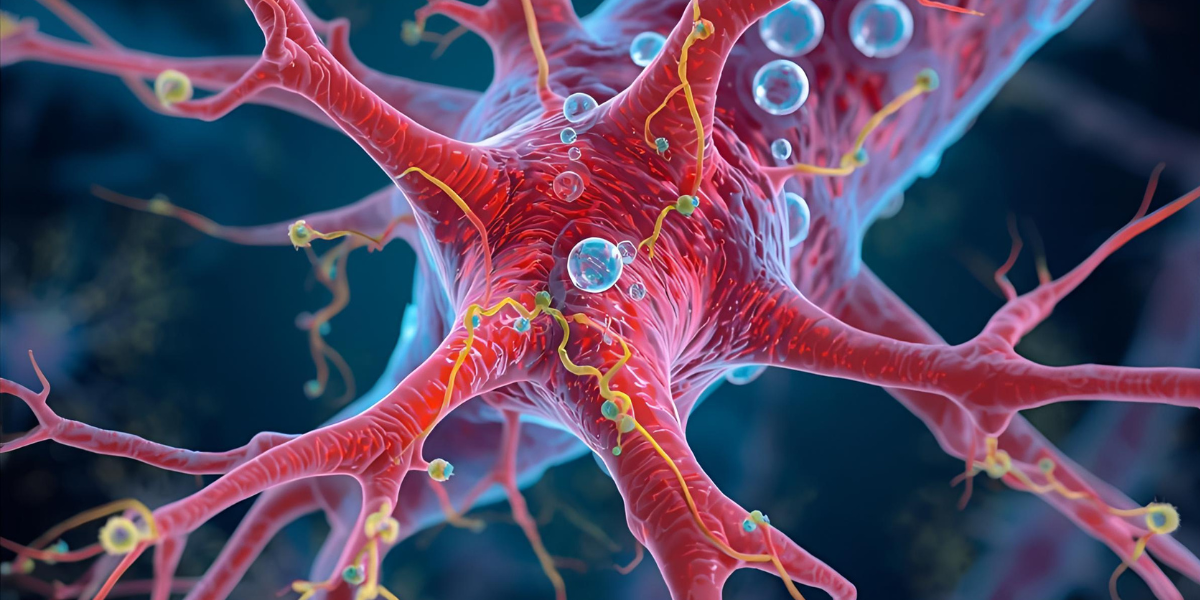
How Liver Disorders Affect Skin Health
The liver is often regarded as the body’s detox powerhouse, filtering toxins from the bloodstream, processing nutrients, and playing a critical role in metabolism. But what many people don’t realize is that the health of your liver can have a visible impact on your skin. When the liver is compromised due to disease, inflammation, or damage, it can reflect outwardly through a variety of skin-related symptoms.
The Skin as a Mirror of Liver Function
The skin is the body’s largest organ and often mirrors the internal balance or imbalance of vital organs like the liver. When the liver isn’t functioning properly, it fails to efficiently remove toxins and process waste. These excess toxins can build up in the bloodstream, eventually manifesting as changes in the skin. As a result, conditions like jaundice, itching, and unusual pigmentation may develop, pointing to an underlying liver disorder.
Yellow Warning Sign
One of the most recognizable signs of liver dysfunction is jaundice, where the skin and the whites of the eyes turn yellow. This occurs due to a buildup of bilirubin, a yellow pigment that is normally broken down and eliminated by the liver. When liver function is impaired due to hepatitis, liver cirrhosis, or bile duct obstruction, bilirubin accumulates in the blood, leading to jaundice. It’s not just a cosmetic change, jaundice signals serious underlying liver issues that need prompt attention.
Itchy Skin and Bile Salt Accumulation
Chronic liver conditions, particularly those that interfere with bile flow such as primary biliary cholangitis or intrahepatic cholestasis, can lead to persistent and often intense itching, medically known as pruritus. This happens when bile salts build up in the bloodstream and deposit under the skin, causing irritation. Unlike common skin conditions, this itch is not usually accompanied by a rash and can become worse at night, disrupting sleep and quality of life.
Skin Discoloration and Spider Angiomas
People with chronic liver disease may notice patches of darkened skin, especially around the neck, armpits, and eyes. These pigment changes occur due to hormonal imbalances and impaired liver detoxification. Another sign often associated with liver cirrhosis is the appearance of spider angiomas - tiny, spider-like clusters of blood vessels that appear near the surface of the skin, often on the face, neck, or chest. These are caused by increased levels of estrogen, which the damaged liver can no longer properly metabolize.
Bruising, Bleeding, and Delayed Healing
A healthy liver is essential for the production of clotting factors - proteins that help the blood to clot. When liver function declines, it can lead to reduced clotting ability, making the skin more prone to easy bruising and bleeding. Even minor bumps or scratches may leave significant marks or take longer to heal. This is often one of the subtle but critical signs that the liver is not producing the necessary components for skin and blood repair.
Acne, Rashes, and Toxin Buildup
In cases where the liver is overloaded or sluggish, toxins may be rerouted through the skin, the body’s secondary detox pathway. This can lead to frequent breakouts, redness, or rashes that don’t respond well to topical treatments. In particular, liver dysfunction can contribute to hormonal imbalances, which may worsen acne and other skin flare-ups, especially in adults who previously had clear skin.
Conclusion
The link between liver disorders and skin health is a powerful reminder that our body’s systems are deeply interconnected. When the liver struggles, it doesn’t stay silent - your skin often speaks for it. From yellowing to itching, pigmentation changes to bruising, these signs shouldn’t be ignored. By recognizing them early and taking steps to support liver health, you not only protect your internal organs but also preserve the clarity, tone, and resilience of your skin.






